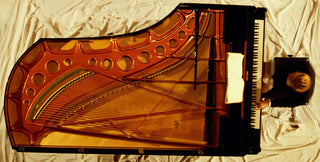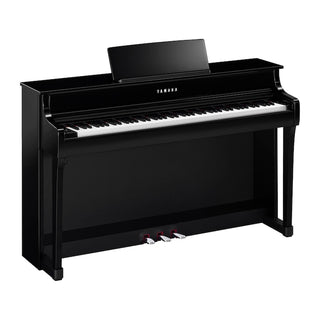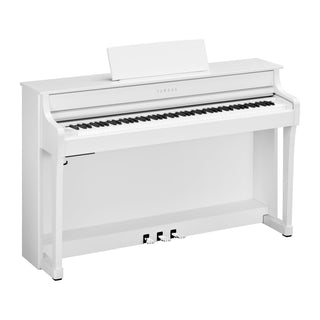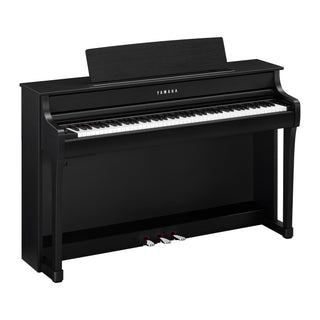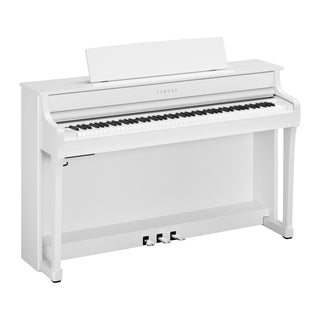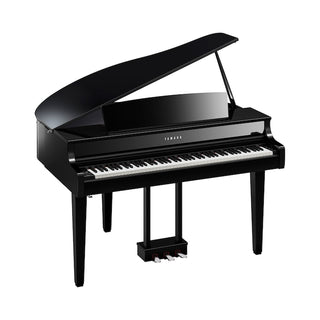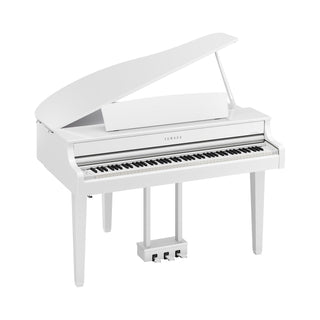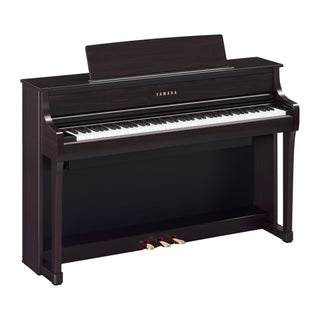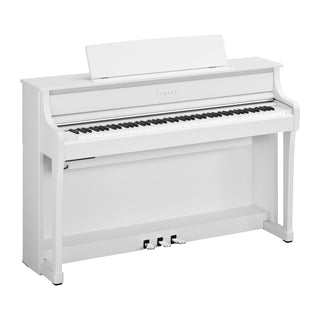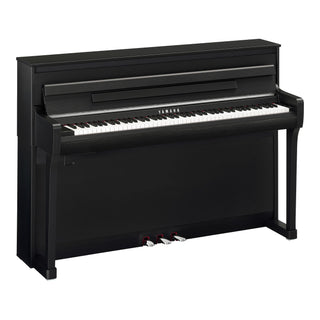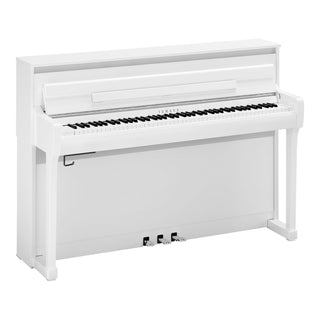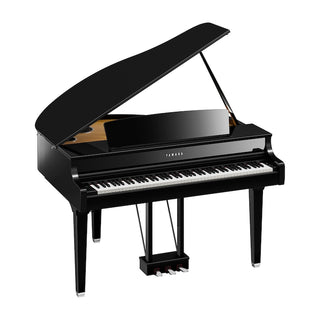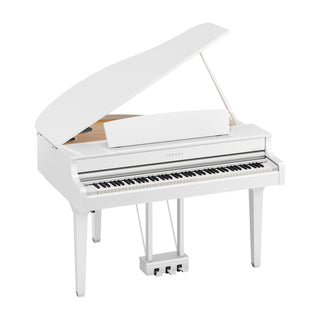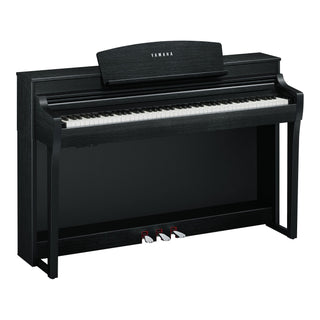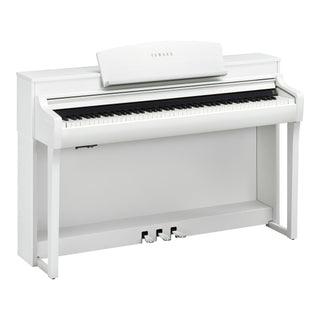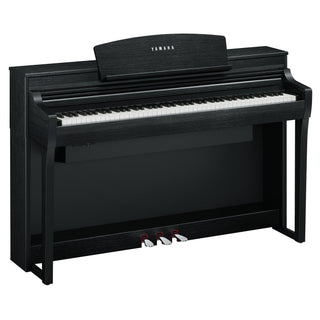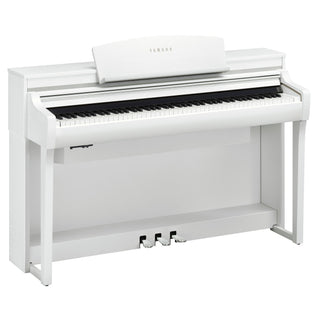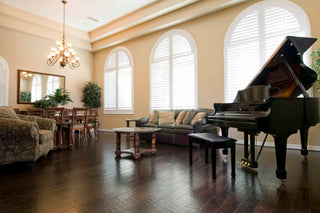If you’re a piano player, can feel the magic of a grand piano as you play, your fingers moving across the keyboard with nuanced strokes that bring beautiful music that resounds through the instrument. Behind its elegant exterior lies a complex mechanism that translates the pianist’s touch into a symphony of sound. In this blog post, we’ll unravel how a grand piano works, from the key press to the room-filling music.
How a Grand Piano Works
A grand piano is a marvel of acoustics. The sound begins with the pressing of a key, which triggers a felt-covered hammer to strike tightly stretched strings. The force and speed of the hammer strike are influenced by the velocity with which the key is pressed. This dynamic range allows for the production of soft, mellow tones or loud, powerful crescendos. These strings vibrate, creating sound waves that resonate through the wooden soundboard, amplifying the tone. This interplay of physics and engineering allows pianists to produce a range of sounds, from gentle whispers to powerful crescendos.
1. The Key Mechanism
At the heart of the grand piano’s operation is the key mechanism. When a pianist presses a key, it sets off a series of events that ultimately produce sound. Each key is a lever, and as it is pressed, it lifts a hammer mechanism.
2. Hammer Action
The hammer action is a critical component in determining the quality of a piano’s sound. As the key is pressed, it causes the hammer to strike the strings. The precision of this mechanism ensures that each note can be played with distinct clarity and expression. Some piano brands have greater precision than others, making hammer action (or, simply, “action”) being one of the primary qualities an experience pianist will look for in a new or used piano.
